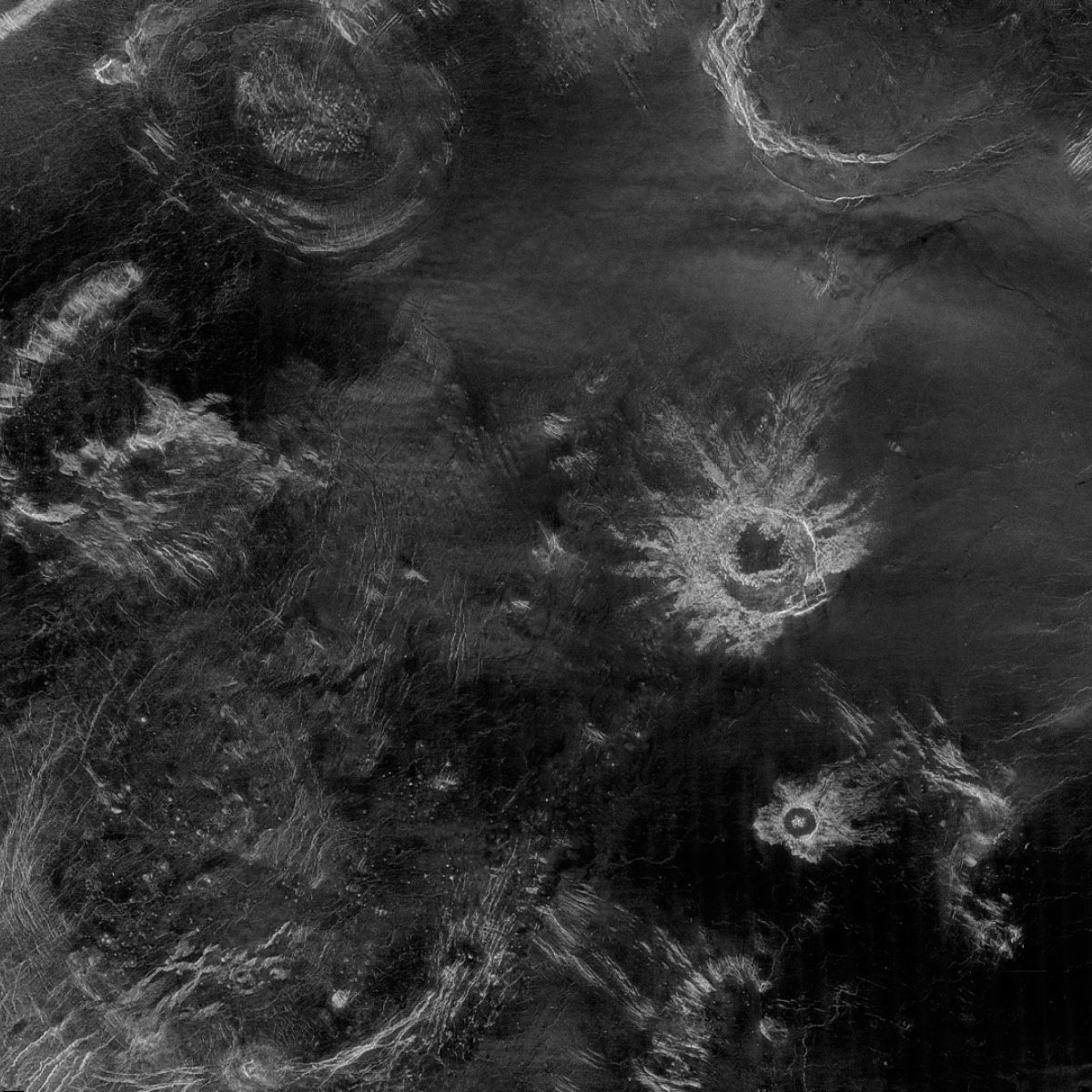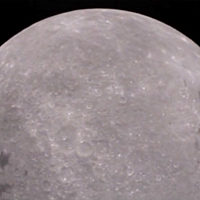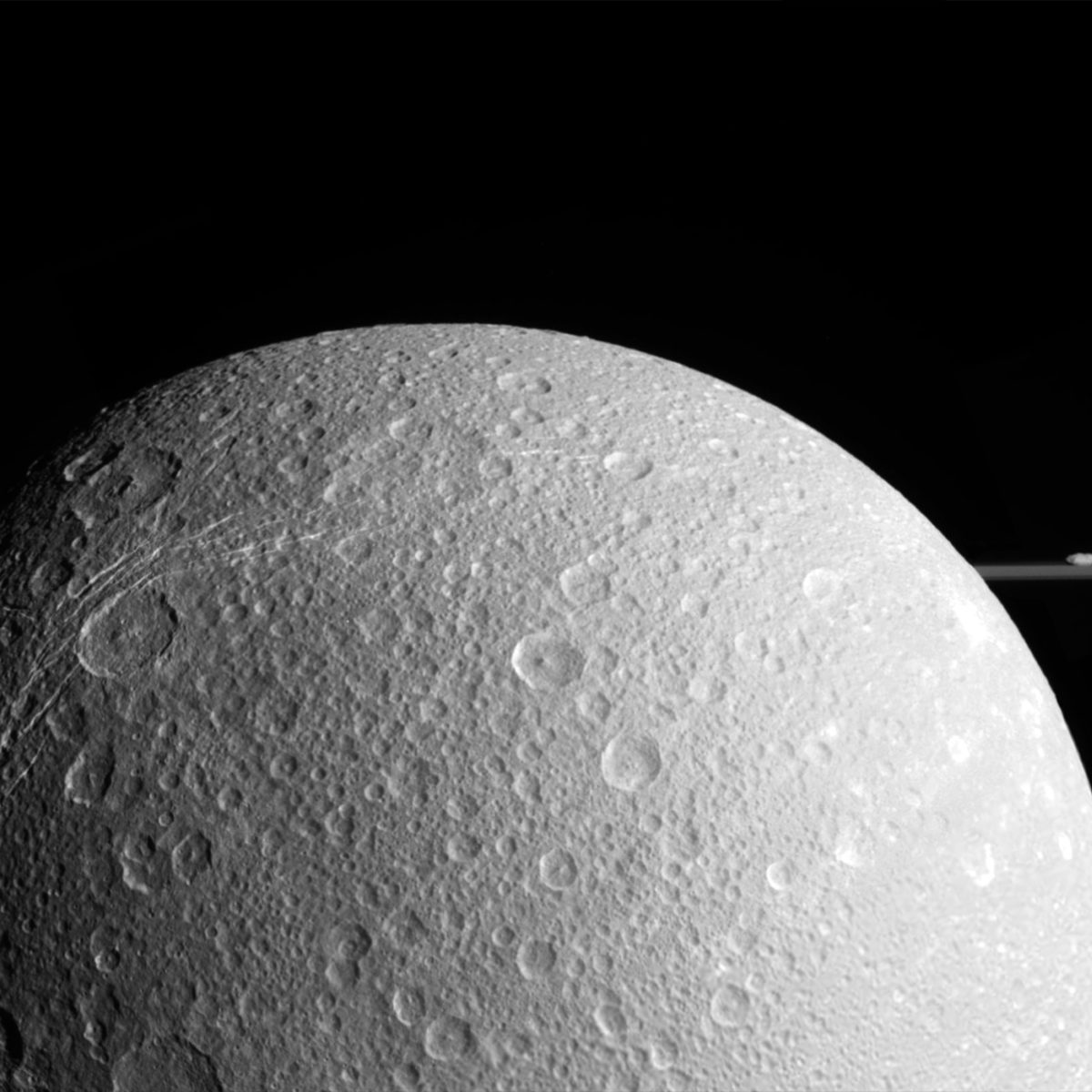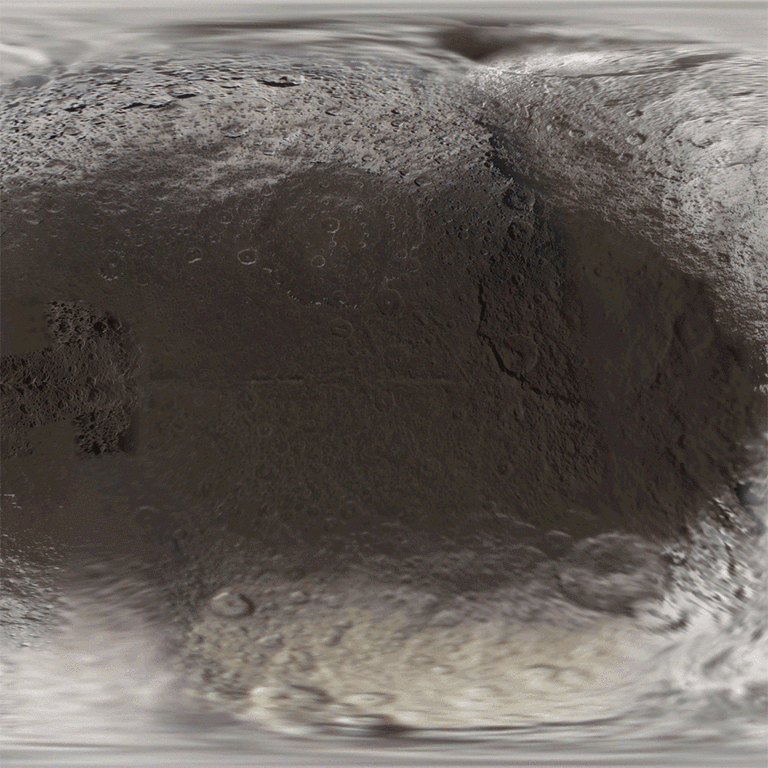All
All
Stories, updates, insights, and original analysis from The Planetary Society.
Venus' very pretty craters
Each Magellan images of Venus seems to be a work of abstract art.
Pretty pictures: Voyager 2 at Jupiter
Here are two perfect examples of Voyager 2's amazing untapped treasures.
More Dawn Vesta approach images: First color views
On June 30, Dawn stopped thrusting for a full Vestian day -- five hours and 20 minutes -- and just watched the asteroid rotate. But unlike the previous observations, they used all of Dawn's color filters to acquire the best-ever color photos of the lumpy world.
Dawn images of Vesta! Released!! For everyone!!!
Some time in the last few days, the Dawn team made public the first preliminary version of the first release of their data from the Vesta phase of their mission.
Checking up on Jupiter and Saturn
It's amateur astronomers, not professionals, who are shouldering the burden of constant monitoring of the weather on Jupiter and Saturn. What's going on these days in the outer solar system?
Pretty picture: Enceladus, in lovely color
Here's an awesome picture to start off the week. The data came from Cassini's flyby of Enceladus on January 31, 2011; it was part of Cassini's January 2012 data release.
GRAIL MoonKAM's first (released) video of the Moon
Here's the first release from MoonKAM, tiny cameras included on both GRAIL spacecraft whose only purpose is public outreach. Classrooms can sign up for opportunities to propose sites to image.
Parallel planetary processes create semantic headaches
I ran into a semantic problem today: what to call the science of studying liquids on Titan?
At last: Rosetta's Mars flyby photos have been released!
On February 24, 2007, the Rosetta spacecraft passed by Mars, the second of four planetary gravity-assist flybys on its long route to a 2014 rendezvous with comet Churyumov-Gerasimenko. At the time, they released two photos from the main science camera, OSIRIS.
Dusty girl
Today Opportunity sent back to Earth the last few frames of the
Pretty picture: Saturn, a big moon, and a teeny one
A recent view from Cassini of Saturn with its largest moon (Titan) and one of its small ringmoons, Prometheus.
Lovely Lovejoy pictures
Just a few of the amazing photos of Comet Lovejoy that have been taken from the southern hemisphere over the last few days. Comet Lovejoy is the first Kreutz sungrazer to have been discovered from the ground in 40 years, and after its surprising survival of its passage close to the Sun, it has been putting on a spectacular show in southern skies.
Pretty pictures from Cassini's 12 December 2011 Dione flyby
Cassini flew close by Dione on December 12 and, as usual, the close pass provided opportunities for lots of dramatic photos, not just of Dione, but of other moons wandering by in the background.
More radar images of icy moons from Cassini: Iapetus, Enceladus, and Rhea
When I posted about the really cool Cassini SAR images of Enceladus a few weeks ago, I initially wrote that this was the first-ever SAR image of an icy moon other than Titan. Several people (some readers and two members of the Cassini science team!) corrected that statement: Cassini has performed SAR imaging of other icy moons (including Enceladus) before.
Pretty picture: Mimas scuttles behind Dione
Images from the Cassini spacecraft's flyby of Dione.
Mariner 9 approaching Mars: a movie!
In celebration of the 40th anniversary of Mariner 9's November 13, 1971 arrival at Mars, Daniel Macháček has produced a morphed animation of the images that Mars' first orbiter took while approaching the planet.
First-ever high-resolution Synthetic Aperture Radar image of Enceladus
On the November 6, 2011 flyby of Enceladus -- the third such flyby in just a few weeks -- the Cassini mission elected to take a SAR swath instead of using the optical instruments for once. So here it is: the first-ever SAR swath on Enceladus. In fact, the only other places we've ever done SAR imaging are Earth, the Moon, Venus, Iapetus, and Titan.
At last, I've finished my scale solar system presentation slide/poster
A presentation providing a correctly scaled, reasonably correctly colored view of the largest bodies in the solar system is made available for use by teachers, professors, and informal educators.
Bye-bye, Curiosity
A few fortunate (and forward-thinking) skywatchers looked upward in the hours after Curiosity's launch and were able to see the spacecraft leaving Earth.
The 70-meter dishes of the Deep Space Network
I was inspired by my recent trip to Goldstone to put together this poster showing all three of the great 70-meter dishes of the Deep Space Network. There's one at each of the three complexes, at Goldstone, at Robledo (near Madrid, Spain), and at Tidbinbilla (near Canberra, Australia).


 Explore Worlds
Explore Worlds Find Life
Find Life Defend Earth
Defend Earth


 Sun
Sun Mercury
Mercury Venus
Venus Earth
Earth Mars
Mars Jupiter
Jupiter Saturn
Saturn Uranus
Uranus Neptune
Neptune Small Bodies
Small Bodies


















